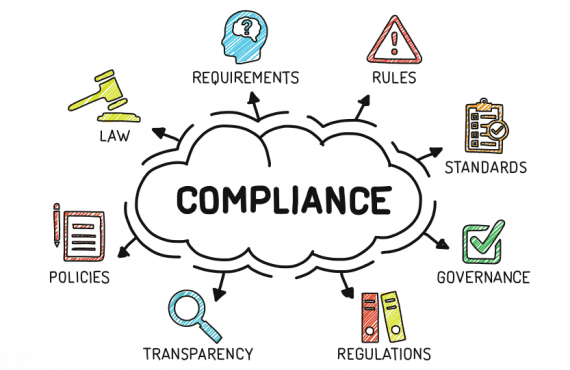While it might seem obvious that all skilled or long-term nursing facilities should have access to emergency power supplies as part of any emergency preparedness plan, it is not often known that this will become a legal obligation in terms of the Emergency Preparedness Requirements for Medicare and Medicaid Participating Providers and Suppliers Final Rule, which is due for implementation on November 15, 2017.
Failure to adhere to this regulation can lead to severe financial penalties and even disbarment from the entire Medicaid/Medicare structure.
Concern over this issue came to the fore when an official report following Hurricane Sandy in September 2014 found that 89 percent of hospitals reported experiencing critical challenges during that storm, and 35 percent of facilities lost power completely.
The Final Rule guidelines demand that any emergency preparedness plan contain written guidelines for the storage of emergency fuel and associated equipment and systems as required by the 2000 edition of the Life Safety Code of the National Fire Protection Association (NFPA).
The Centers for Medicare and Medicaid Services (CMS) has issued a specific requirement in this regard, ordering all facilities to adopt the NFPA guidelines.
The Final Rule explains it this way: The NFPA guidelines mean that a hospital’s alternate source of power (for example, a generator), “and all connected distribution systems and ancillary equipment, must be designed to ensure continuity of electrical power to designated areas and functions of a healthcare facility.”
In addition, the “rooms, shelters, or separate buildings housing the emergency power supply must be located to minimize the possible damage resulting from disasters such as storms, floods, earthquakes, tornadoes, hurricanes, vandalism, sabotage, and other material and equipment failures.”
It is also part of the Final Rule guidelines that generators are located in accordance with the requirements found in NFPA codes which require hospitals that build new structures, renovate existing structures, or install new generators to place backup generators in a location that will be free from possible flooding and destruction.
In addition, all facilities must show that they have tested their emergency and stand-by-power systems on a monthly basis.
Facilities should also consider emergency procedures which would address the loss of power in a way that would allow them to continue operations without outside electricity.
This could be achieved by, for example, diverting patients to a nearby facility that has sufficient power and is within a reasonable commuting distance.
The rules also require all skilled and long-term care facilities to have a plan for how they will keep emergency power systems operational during an emergency—with the only exception being if they are evacuated.
This means that there must be some storage of fuel to power generators built into the plan, although it is not specified how much fuel is required—something which is practical given that it is unlikely that anybody can predict with certainty how long a major emergency might last.















































